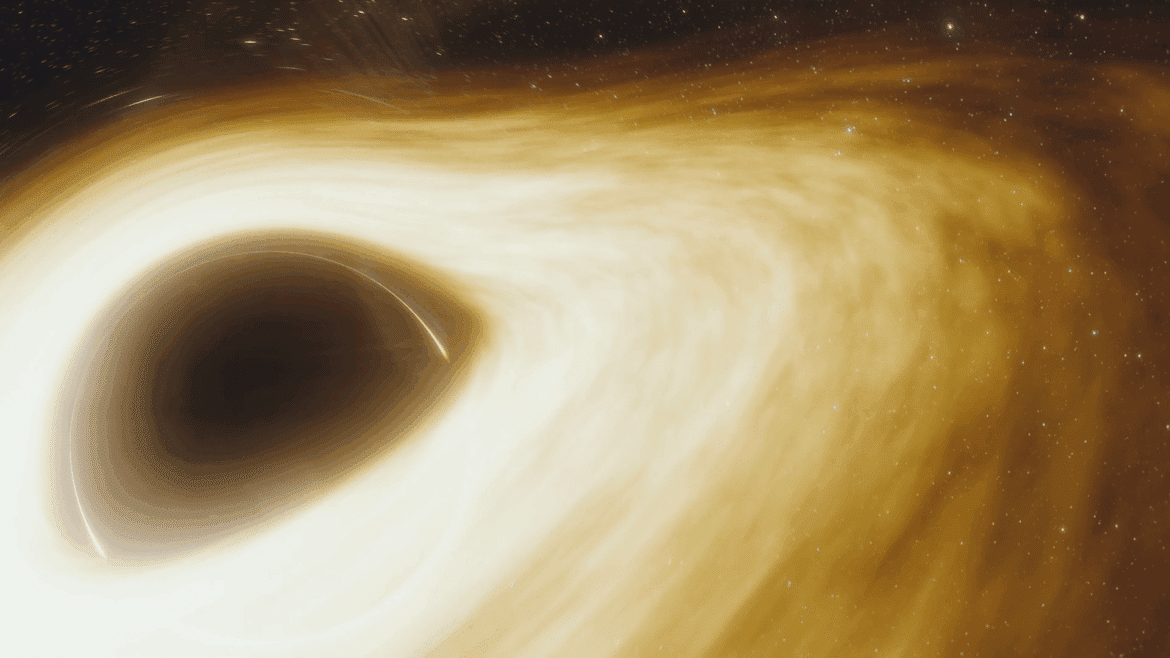2K
A black hole carries so much mass that it even swallows light as soon as it passes the event horizon. In order to escape its gravitational field, the centrifugal force would have to be greater than the speed of light.
Event horizon: the boundary of a black hole
Every horizon has the property that the observer cannot see what is behind it.
- This is also the case with a black hole. The only difference is that the respective event horizon as its boundary is also a boundary surface of space-time according to the general theory of relativity.
- Events are specific points in space-time defined by place and time. The event horizon represents a limit to the laws of physics and the structure of spacetime that we know.
- The event horizon is dependent on the observer. If one passes it, however, there is no longer any possibility of reversal, because one would have to reach a centrifugal velocity corresponding to the gravitational field of the black hole, which here, however, exceeds the speed of light. Light is also swallowed up by black holes.
Different reference systems
Black holes were suspected before their first sighting in the early 1970s because of general relativity.
- The closer light gets to a black hole, the redder it appears to an outside observer because it loses energy, shifting the photon into the red part of the light spectrum.
- The outside observer can never see the reaching of the event horizon of an object because it takes infinite time. The exception is visible bodies, which themselves deform space-time. This is why the passing of supernovae can be observed.
- If, however, one were to move towards the black hole in free fall, the transition of the event horizon would be experienced and with it the entry into the singularity existing inside the black hole.

